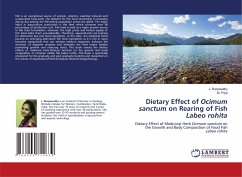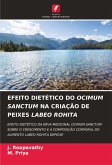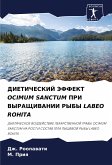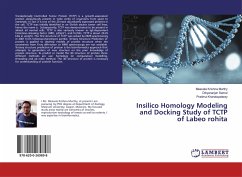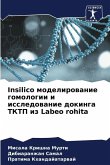Fish is an exceptional source of protein, vitamins, essential minerals and unsaturated fatty acids. The demand for fish food commodity is increasing day by day among the fish-eating population across the globe. The major input in aquaculture production is the feed which consume over 60 percentage of production cost. Fish meal is used as a major protein source in fish feed formulation. However, the high prices and limited supply of fish meal make them unsustainable. Therefore, aquaculturists are looking for alternative low-cost feed ingredients. In this state, the medicinal herbs became an emerging alternative fish feed ingredients as it is rich in many bioactive compounds that can activate immune responses, enhance the secretion of digestive enzymes and stimulate the feed intake besides promoting growth and reducing stress. This book reveals the dietary effects of medicinal herb Ocimum sanctum on the growth and body composition of common edible fish Labeo rohita. This book is specifically envisioned for the graduate and post graduate students and researchers in the arenas of Aquaculture/Fisheries/Aquatic Biotechnology/Zoology.

